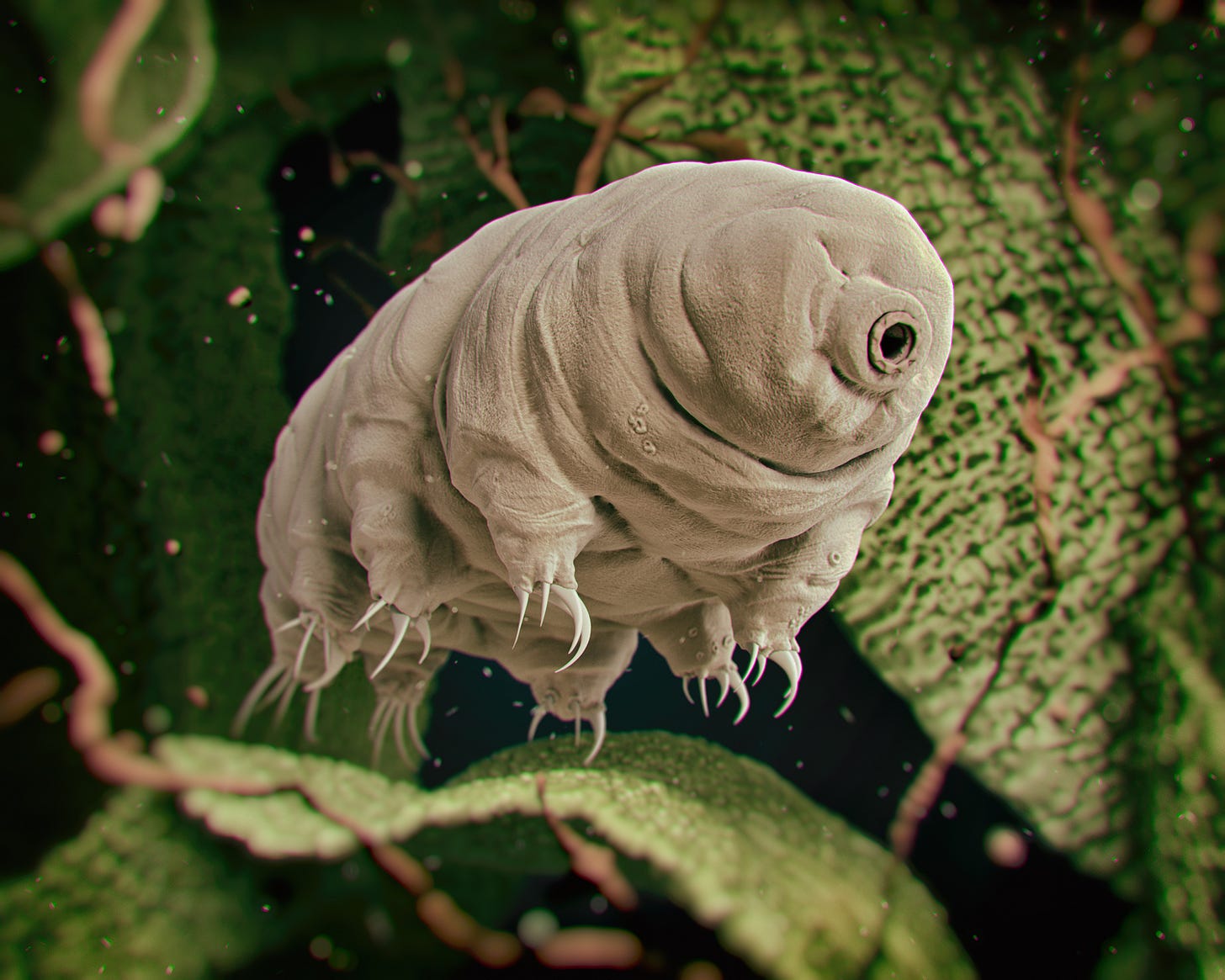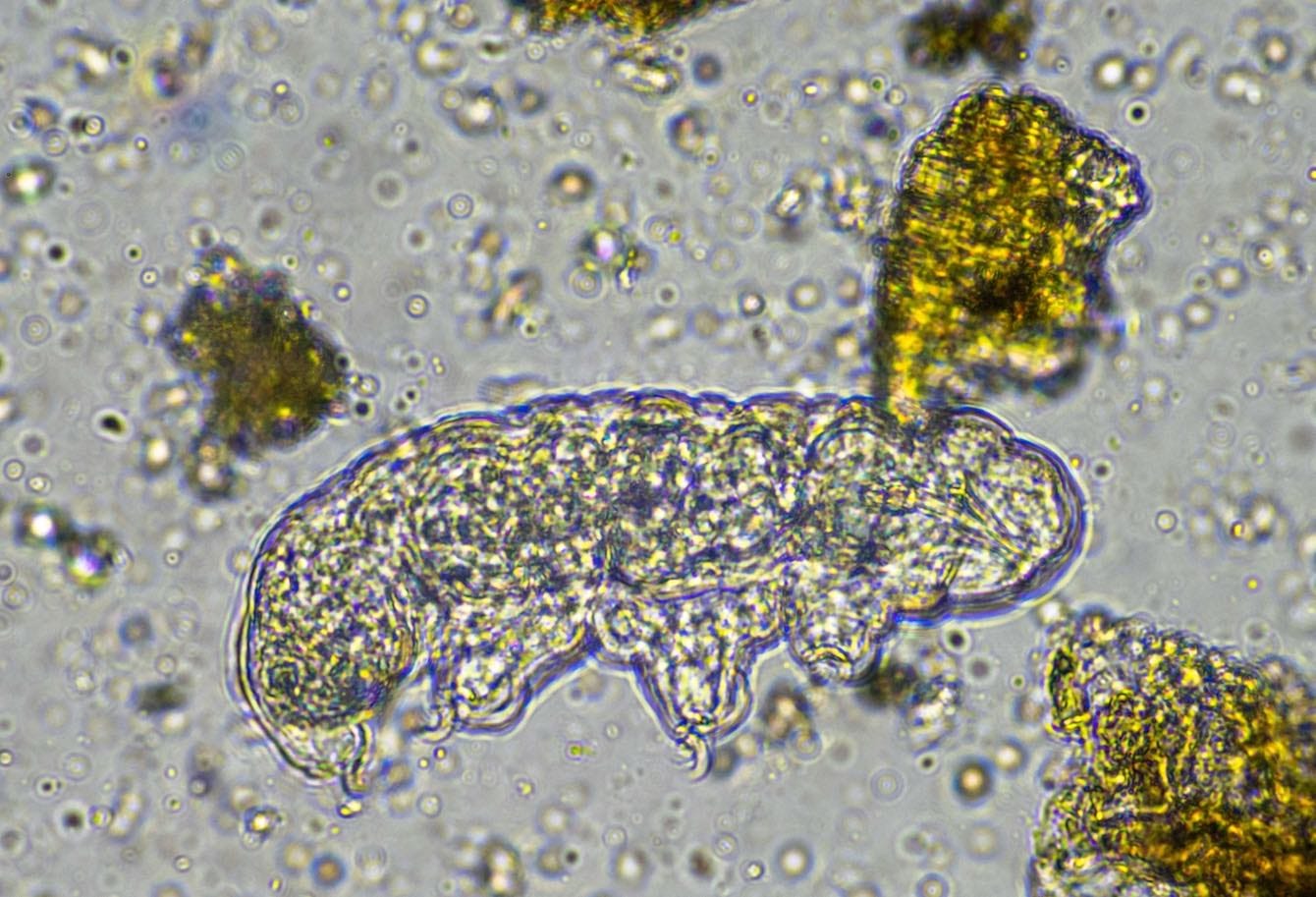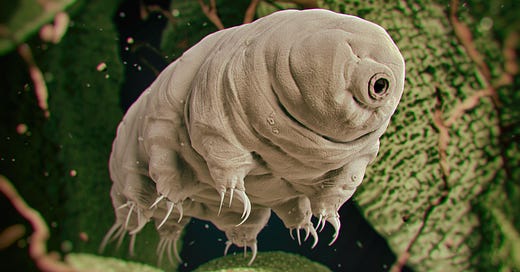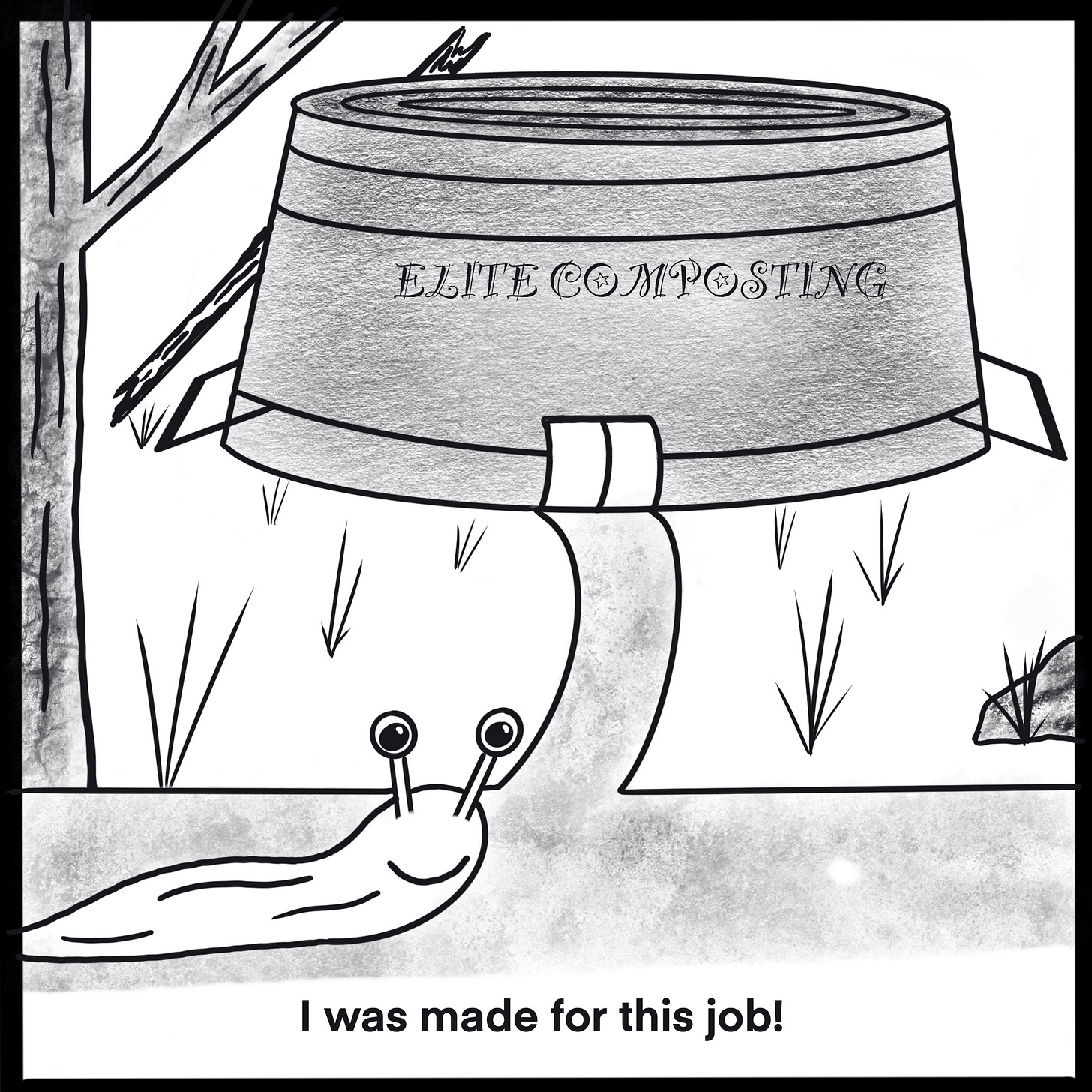Tardigrades: Phenomenally Tough, Exceptionally Cute Superheroes
Greetings!
Today has been a productive “get random stuff done” kind of day. This past December, we found out the hard and expensive way that the advice about cleaning your HVAC filters monthly is no joke. That was my first chore. My wife and I also removed hard drives from three old computers in order to have them picked up tomorrow by Ridwell, a recycling service for all kinds of things curbside service won’t take. I had a tire low on air, so got out the portable air compressor and filled all the tires. I also did laundry - AND - this is a fun one - took Jasper on his first walk in our new kitty backpack.
We are getting ready for spring and summer, planning some RV trips, and decided we need both a stroller and 1 or 2 backpacks for the cats. We think Jasper will take to the backpack pretty quickly but are not sure Max will ever be amused by such craziness, so they will share, for now.
Today we only walked Jasper for about 3 minutes on a short trip around the front of the house. He had a few things to say about his new perch on my back but he also noticed a few birds and trees. When we went back inside, he climbed out, but then stayed near the backpack, sniffing and marking it with his scent glands. That was a way better reaction than hissing at it and then going to hide for the rest of the day. I’ll see if my wife can get a picture of Jasper in his backpack next time.
This Week
Update on Max: Last week I mentioned taking Max to the vet because he’d been limping and holding his left front paw up. Because he often goes into hiding after being at the vet, and his strong dislike of taking medicine, he was given Zorbium, a transdermal pain medication that is supposed to last for 4 days. I can’t speak to its effectiveness as a pain reliever, but I would never allow it to be given to Max again.
It ends up that his hiding after getting back from the vet was not just fear. The medication made him nearly psychotic for about four days, and even now, a week later, he is still not entirely back to normal. He was hiding, super paranoid, growling at us and at nothing, wouldn’t eat or drink for two days, and would not come out for his favorite activity, being brushed. It gradually got better and he’d eat, drink, and use the litterbox but only at night, he’d come out from under the bed for short brushings (which he enjoyed in a really over-the-top way), and eventually, he felt safe enough to come downstairs and hang out with us for short periods of time. Even now, he is still spending much more time hiding than not.
On the bright side, I think all the calm, hiding time may have given his leg a chance to heal. They really didn’t find a cause for his limping, but if it doesn’t get better, they want to do more imaging. He will hate that, and therefore, so will we. Luckily, he has not been favoring his leg at all. Maybe it’s all healed.
As for the rest of our furry family members, I just love this scene from yesterday:
If you enjoy this issue, please click on the heart at the top or bottom of this message. It’s good to know you’re out there! ❤️
Full Speed Ahead
What About…?
Tardigrades

You might be asking yourself, “What the heck is a tardigrade?” Fair question as most of us have never seen one. Even weirder? They live almost everywhere in the world and we likely encounter them daily. Tardigrades are one of the smallest microscopic animals on earth. They are also one of the toughest, most durable, adaptable, and oddly enough, cutest ones, too.
Tardigrades are only about 1/2 millimeter long, or as many sources like to say, about the size of the period at the end of this sentence. Obviously, the size of that period can vary but let’s just assume the size is incredibly small for an animal complete with 4 pairs of legs, a brain, simple eyes, mouth, stomach, rectum, ovary, and more. They are also known as water bears and moss piglets because they do resemble cute, pudgy mammals. The resemblance to bears doesn’t stop there - they also have bearlike claws and super sharp teeth.
Tardigrades have been on earth for over 600 million years, surviving all five mass extinction events.
There are over 1100 species of tardigrades.
Tardigrades are translucent and look soft and squishy, but they are actually covered by a tough cuticle that sheds as they grow.
Tardigrades are aquatic, requiring at least a thin layer of water around them to remain active and prevent dehydration. This is true of both aquatic and terrestrial species. Aquatic types live in both fresh and saltwater and terrestrial ones thrive on moss, lichen, leaves, and even sand.
If they do happen to dry out, they have a nearly miraculous ability to survive. They can curl up into a ball (similar to pillbugs covered last week), perform some biological magic, and turn into what is essentially an incredibly tough piece of glass about a third of its original size. This form is called a tun (rhymes with bun).
When in tun form, tardigrades enter a near-death state called cryptobiosis where all metabolic functions stop. They can live in this state for decades - 30 years being commonly mentioned but possibly longer, until they are rehydrated or thawed.
This ability makes tardigrades extremophiles, meaning they can live in environments most other animals cannot. (FYI, some scientists disagree with the label.) They can survive temperatures as low as -328 °F (-200 °C) and as high as 304 °F (151 °C ); the vacuum and radiation of space (Thanks, NASA!), and 6x the pressure at the bottom of the Mariana Trench, the deepest ocean trench.
Exploring More
Tardigrades: Phenomenally Tough, Exceptionally Cute Superheroes

Tardigrades are somewhat of a superhero among animals with all the extremes they can withstand. No doubt they are amazing for scientists to study but what kinds of things might tardigrades actually be able to teach humans? After all, animals are among our most insightful teachers.
As you can probably imagine, researchers are most interested in tardigrades’ ability to enter cryptobiosis and how understanding and replicating parts of the process could benefit humans. There are actually four types of cryptobiosis: one for lack of water, one for low temperature, another for increased solute concentration, and the final for lack of oxygen. These are all an animal’s reactions to stress, so how might the human animal’s stress responses be improved by understanding that of tardigrades?
An important thing scientists have learned about tardigrades is that when their body goes into cryptobiosis, the water in their bodies is expelled and replaced with proteins to protect their bodies. These proteins are specific to the environmental circumstance, such as a gel to keep hydrated or another to act as an antifreeze. Understanding these proteins and the genes involved in the entire cryptobiosis process may lead to helping crops survive extreme conditions, protecting vaccines, preserving organs for transplant, and allowing bagged human blood to last longer or possibly even be dried and rehydrated when needed.
In 2018 the Defense Advance Research Projects Agency awarded nearly $15 million to a team of tardigrade researchers to design new proteins that would stop bleeding and necrosis in traumatic field injuries, giving the injured time to get to a hospital for proper treatment. Beyond military use, these proteins and related advances could eventually serve to treat heart attacks, strokes, and other traumatic events by slowing or pausing the damage until proper medical intervention is available.
Other medical applications of tardigrades’ abilities that are being researched involve protecting patients undergoing radiation therapy and improving sunscreen.
That’s a lot of incredible possibilities from researching one tiny animal.
Main Resources
Next time you are out and about and notice some drops of water in the grass or on a piece of moss, just think, that could be the home of numerous adorable water bears. I hope you have a wonderful weekend.
Peace,
Dakota Duncan
Have a friend who enjoys wildlife? Please share.
Check out my graphic novel and children's chapter books on my website: dakotaduncan.com
Thanks for reading Captivating Creatures!
Subscribe for free to receive new posts and support my work.







